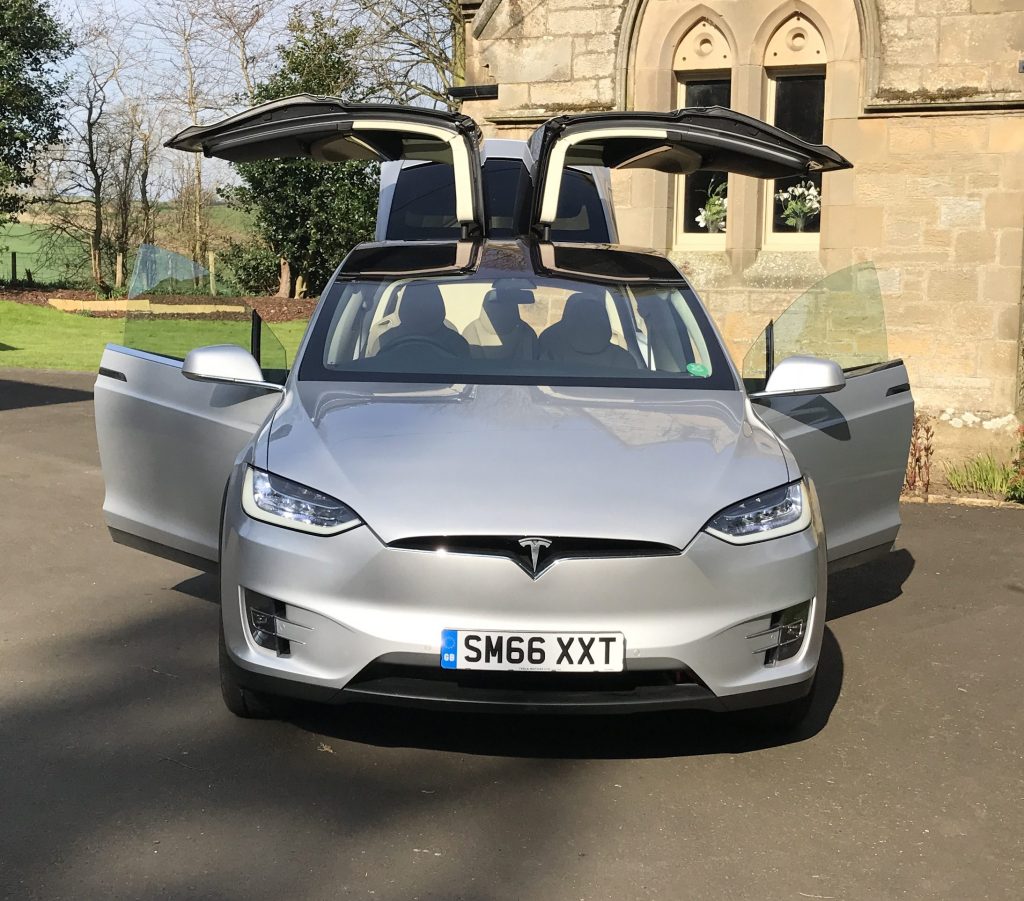Cosmic-scale stuff and Climate Crisis stuff
The solar system on top of our house and the solar system
Underneath it all, Electrifying Your Life is a response to the Climate Crisis which uses a system of solar kit on the roof to capture, store and efficiently use the energy captured that’s hurled into the actual solar system by the sun. So our very own solar system and the other one, so to speak. Elsewhere on the site we go into the details of the equipment you’ll need here on Earth, but it’s worth spending a few moments looking at the (really) big picture to put it all into context.

Astrophysicists are always telling us that even one solar system is quite a big thing, but not as big as a galaxy, and nowhere near as big as a universe, which itself gets bigger all the time just to confuse the issue, and absolutely nowhere, nowhere, nowhere near as big as all the parallel universes that kind-of-could exist if only we could get a handle on dark matter/dark energy which accounts for nearly everything we could ever possibly imagine but which – here’s the catch – we can’t yet see, measure, capture or even properly comprehend. (Other than that, Professor, it all sounds like a perfectly good plan to me…)
Well we decided not to worry too much about the cosmology dimension(s), because we’ve got our very own solar system on the roof of our house. It’s at the heart of our drive to electrify our lives, and it’s very simple. It all points roughly south – which is a really good idea if you’re trying to make solar panels work in the Northern Hemisphere. Fundamentally, there’s only three bits to it:
- Things which are attached to our house.
- Things which are quite a long way away.
- Things which are a very long way away.

The schematic below adds a bit more detail. In essence it’s all powered by the sun, which scientists tell us is (basically) a very, very, very hot thing, but (fortunately) 93 million miles away, and (helpfully) not going to run out of fuel for its constant, unimaginably large, and incredibly violent, nuclear fusion reaction any time in the next five billion years or so. In short, this is good news if you want free electricity.
Pedantically speaking, perhaps we shouldn’t actually call it “renewable” energy because, ultimately, the sun will run out of fuel and completely wreck everything around (including Earth) it as it goes kerrrffuuttt. And we’d have to build an entirely new sun to ‘renew’ it. Except we couldn’t because we’d all be dead. But that’s splitting hairs. And it’s five billion years in the future, so let’s not fret too much about it.

Anyway, the sunlight that travels all the way from the sun to Northumberland is captured and turned into electricity by the solar panels on the roof of our home. Reassuringly, the 93 million mile journey and Earth’s atmosphere mean that almost all of the really nasty stuff that comes out of the sun doesn’t reach us. If it did, the first thing you’d notice would be that your iPhone wouldn’t work, then you’d immediately die in excruciating agony. (I do appreciate, dear younger readers of The Connected Generation, that not being able to use your iPhone and an immediate agonising death are essentially the same thing, but let’s not stray off topic).
Frustratingly, having travelled very, very nearly the whole 93 million miles, before the sunlight hits the Things Which Are Attached To Our House (1), it has to pass through Things Which Are Quite A Long Way Away (2). By this I mean clouds. Or b**stard, effin’, soddin’, useless waste of space clouds, as I have come to think of them, when they interpose themselves between The Very Very Very Hot Thing Which Is A Very Long Way Away (3) and the solar panels on the roof.
But there’s nothing you can do about clouds, so have a quick vent of spleen by swearing at the sky, then chill out and the law of averages will usually give you more sunny daytime hours than cloudy daytime hours in an average UK year. Technically speaking, I suppose there is something you could do if clouds really, really, annoy you. You could move to Arizona or Nevada. But that would mean wearing a checked shirt and cowboy boots, owning a gun, and having to say “aluminum” so you’re probably better off putting up with the British Weather.
So that’s then end of our quick tour of the (very big) solar system which powers the (very small) solar system on our roof. If you want more detail on how the sun works, you could either get a life, or check out any number BBC documentaries, where you’ll always someone who’ll fill you in on the finer points.

The Climate Crisis bit:
why we decided to electrify our lives.
Climate change is real. It’s clear that planet is pretty screwed unless Governments, big business and entire societies do something real about it, real fast. Problem is, radically altering behaviour on a planetary scale is going to take a while. We homonids have been increasing our global energy consumption ever since some (literally) hairy-arsed ancestor first discovered fire. So it’s going to take more than a couple of years to reverse a trend that’s been going for millennia.
Next problem: we’re just a normal family of three, living near Hadrian’s Wall in Northumberland – Mum and Dad in their mid-50s, daughter 18. What can we do about a planet-wide problem? Like every other private citizen at the individual level, we have no means of directly changing Government policy or business practices. But we came to the view that we can’t just sit around and wait for ‘the powers that be’ to sort it out; the situation is too urgent for that.
So we decided to do something about it on the personal, family, scale – taking decisions that are 100% within our own power. We decided to invest in the best technology available today to radically electrify our lives and massively reduce our carbon impact, whilst still living fully connected 21st Century lives.
And we also decided to demonstrate it is possible to actually save money whilst doing our (admittedly very small) bit to save the planet.
We fully acknowledge that we’re only operating at a domestic scale, whilst the climate emergency demands action at a worldwide level.
We’re also fully aware that – because we’ve been reasonably fortunate in business – we’re able to invest in some quite pricey kit, which not everybody will be able to afford.
But, we thought, we’ve got to try. Try to make a change. Try to make a difference. And, being pragmatic folk, we also thought it would be very handy if we could save some cash along the way.
Why are we publishing this website?
Because radically slashing our non-renewables energy use has been a very intensive learning process for us, we’re publishing this website to share practical information with anybody else who might be wondering ‘what can I do?’ What practical steps can I take? What technology is available and how does it work? What equipment do I need to install? Which suppliers should I use? What’s it going to cost me? How much will it save me?
We know the whole GreenTech thing can be very daunting, a bit abstract, and full of jargon and ill-defined promises. So on a roughly monthly basis, we’ll be sharing energy and financial data, to illustrate what can be achieved in the real world, and offering advice on how to get the best results, based on our own experience. We’ll also be including links to various useful product and service suppliers. We will fully disclose whenever such a link offers a financial benefit either to us, or to you.
Our electric cars
We’d made the switch to electric cars before we installed the solar kit, so we were already some way along the path. So let’s get the biggie off our chests straight away. We’re not hair-shirted types. We wanted this whole thing to be fun, as well as worthwhile. So we drive a Tesla Model X. Yes, we know this is not exactly an impulse purchase kind of vehicle. But it is fully electric, it covers hundreds of miles between charges, and it accelerates like a startled gazelle when the cheetahs show up in a David Attenborough documentary. And owning one will save you tens of thousands of pounds compared to a conventional car (we’ll discuss how in a later post).

Just for a sense of the orders of magnitude involved, the Tesla has a 100 kilowatt hour (kWh) battery. A kilowatt hour is equivalent to 10 old-fashioned 100 Watt bulbs (the ones with filaments) burning for 1 hour. So 100 kWh is equivalent to one thousand of those bulbs burning for 1 hour. Or one bulb burning for a thousand hours (41.6 days). And that’s the energy it takes to propel 2.4 tonnes of Tesla for around 260 miles, or about 4.5 hours driving at a real-world UK average of 60 mph. That’s its effective real-world range, before you’d need to stop at a Tesla Supercharger and feed it some electrons. Which is kinda handy, because after 4.5 hours you’ll need a pee and a cup of tea anyway. And because Tesla Superchargers are badass 120 – 150 kW ultra-rapid juice dispensers, by the time you’re back at the car you’ll have another couple of hundred miles of range. It’s the 2B (Battery & Bladder) rule of Tesla driving: fill one whilst you empty the other and you’ll be fine.
We also drive a Nissan Leaf, which has a 30 kWh battery and about 110 mile real world range. Obviously, the Leaf is more suited to poddling about on local and regional journeys. Which (btw) makes even a pretty basic EV like a Leaf suitable for the vast majority of journeys undertaken by the vast majority of people. As the RAC states: “the average length of a commuter trip by car/van varies little across English regions and Wales at about ten miles. It is highest in the South East (11.2 miles) and lowest in London (8.6 miles).” [Source].

We find the Leaf a very efficient car for intensive local and regional use. We happily use it on days when we’re going to do 100 mile round trips without recharging at the destination. And we’re very relaxed about using it, say when the Tesla is away on a business trip, for much longer round trips of up to about 250 miles, particularly over the border into southern Scotland, where the excellent free rapid charging (50 kWh) network provided by ChargePlace Scotland makes it perfectly feasible to cover this kind of distance with a couple of 15 -20 minute stops.
But, as far as Electrifying Your Life is concerned, it’s not really about the cars per se. It’s the fact that the cars have 130 kWh of batteries between them that’s important. Reduced to its absolute basics, the cars’ batteries give us somewhere to put the electricity when we’re generating it, and then enable us to use it, instead of vastly more expensive petrol or diesel, when we need to get around.
And that, ultimately, is the point. Electrifying Your Life is about using electricity instead of fossil fuels to power as much of your life as possible, whilst yourself generating as much as you can of that energy from solar (or other renewable sources), and making up any shortfall by buying renewably-generated electricity from a grid-connected supplier, ideally for the lowest possible price.